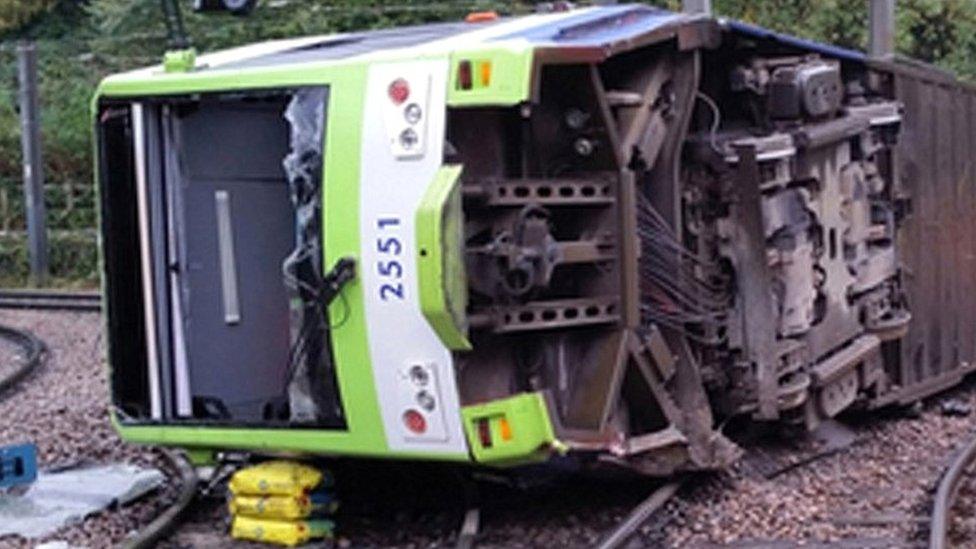Croydon tram crash inquest: Unanswered questions for families
- Published
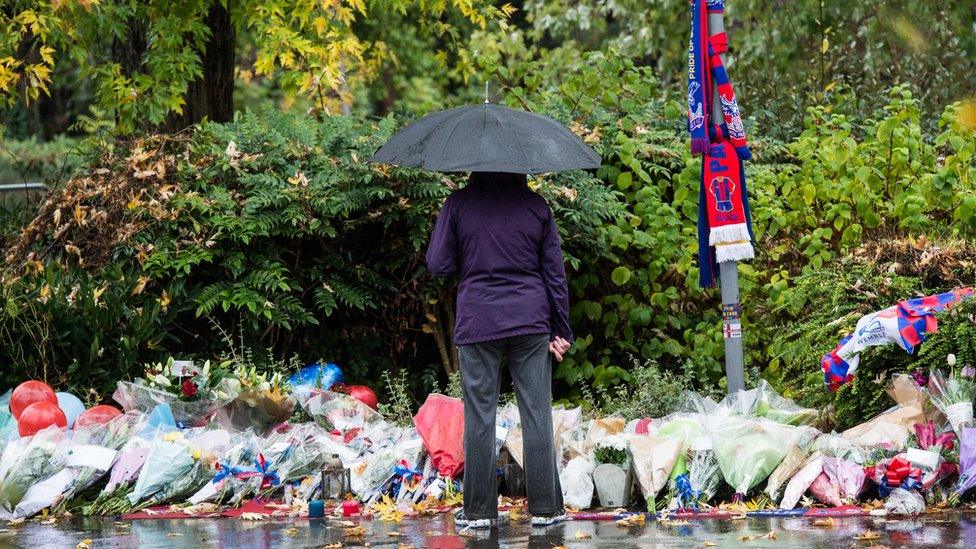
Seven people died and 61 were injured when the tram overturned
It was cold, dark and raining when passengers got on to the tram at New Addington at 05:53 GMT on 9 November 2016.
All of them were on their way to work. It was the fifth tram of the morning.
New Addington is a small town five miles south-east of Croydon in south London. It is a proud working-class area. The estate was built after World War Two but apart from a parade of shops and housing, there isn't much else.
And since 2000 what links it to the rest of London is mainly the tram. It is a key link with the rest of the capital.
Most of those who got on tram 2551 that morning were from New Addington.
Over the years, families have told me about the last conversations they had with their loved ones.
Conversations about what they'd be having for their tea that night. How they wished they had missed the fifth tram of the day and got the sixth.
What happened has haunted them. After many delays and a long wait, the inquest was meant to give them some answers.

Mark Smith, Dane Chinnery, Phil Seary and Dorota Rynkiewicz (l-r) all died in the crash
How could driver Alfred Dorris lose awareness and have a "microsleep"? Why were safeguards not in place and why were previous incidents, including one that happened just 10 days prior to crash, not followed up on?
Did the tram company and Transport for London (TfL) deal with fatigue management properly? Why were drivers scared to report near misses? Was there a blame culture at the tram operator?
Sixty-nine passengers were involved in the crash. All bar one were affected. Seven died and 61 were injured - of those 19 seriously.
The court heard the tram went too fast into a very tight corner just before Sandilands tram stop. It was travelling at 73km/h (45mph) and the speed limit was 20km/h (12mph).
A report from the Rail Accident Investigation Branch (RAIB) in 2017 found: "It is probable that the driver temporarily lost awareness on a section of route on which his workload was low. The investigation has found that a possible explanation for this loss of awareness was that the driver had a microsleep and that this was linked to fatigue."
The court heard although the driver said he had had a good night's sleep. he had downloaded a document on his phone at 23:00 the night before his early shift. He did not recall doing that. But investigators told the coroner's court he could have had a broken night's sleep.
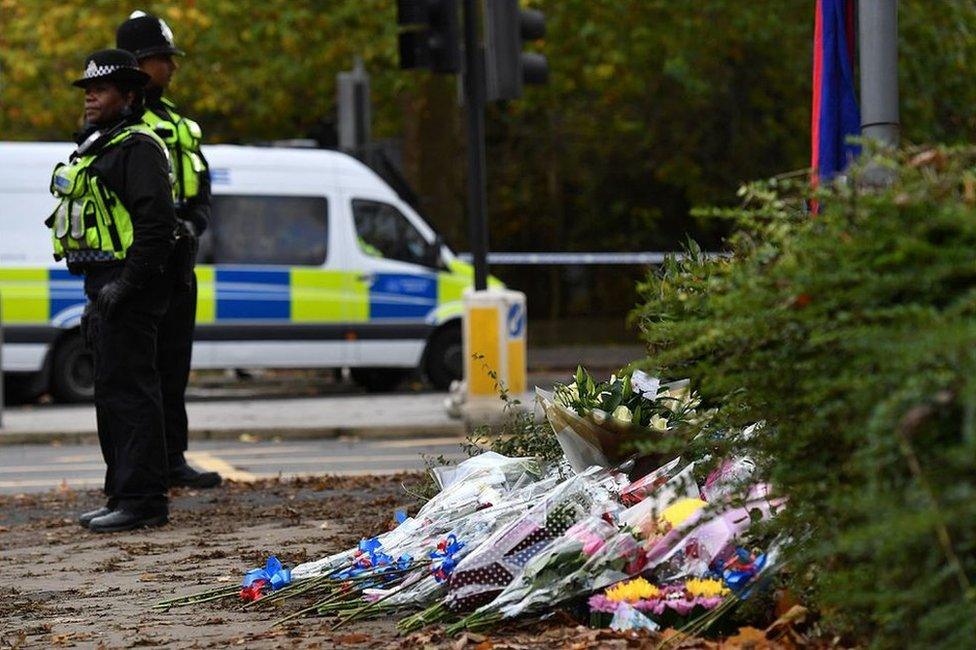
Families of the victims want a public inquiry
When driver Alfred Dorris came round after the microsleep he was still in the tunnel but it appears he was disorientated and did not know where he was.
There were no signs in the tunnel - deemed "inadequate" by the RAIB. There were no automatic speed restrictors on the tram. There were no devices to monitor if drivers were losing awareness due to the low workload. All of those have now been installed.
The tram came out of the tunnel at 80km/h (50mph). He touched his brakes briefly, bringing the speed down to 73kph (45mph). Seconds later it hit the curve and overturned.
Jean Smith's 35-year-old son Mark died in the crash. He got on at Lloyd Park, the station before Sandilands. It has taken years to get to the inquest and she still doesn't have the answers she wants and found the inquest process unsatisfactory.
She said: "I can't understand how two of the biggest players in that room, which is TfL and [tram operator] TOL, we have not heard one witness from those companies. No tram drivers, no controllers and not management.
"So it just feels at the moment as if they're hiding behind a blanket. It just feels so unfair, so unjust."

TfL admitted liability for the crash and has paid compensation to the families
She says she hasn't got answers, for example, about fatigue management. She said: "How can you get any answers if you can't have the witnesses there, that first hand can tell you these things from people who have actually worked for these companies?
"Questions that need answering by the people who were actually concerned are missing. And I want to hear that, I want to know why they came to those conclusions. I want to know why they let that happen."
I asked Jean Smith if she thought she had got justice: "Not in this inquest, I don't think."
She says she wants a public inquiry.
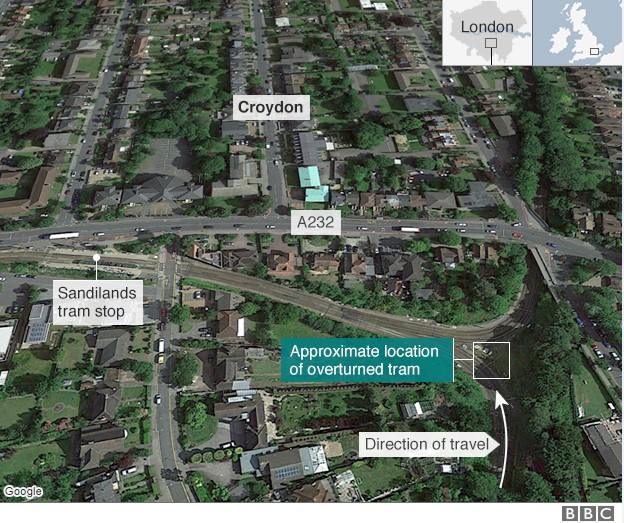
The court also heard fatigue management by the company wasn't thought to be a contributory factor as the driver said he wasn't tired.
But in an anonymous survey by RAIB, the court heard three-quarters of drivers who answered thought the company's fatigue management was poor, or very poor.
Drivers did not report incidents as they believed they would be disciplined. The inquest heard five drivers in the previous five years had been disciplined and/or sacked for falling asleep.
Another incident happened just 10 days before the crash on the same corner.
The tram was going too fast and nearly overturned. The driver used the hazard brake but he did not report it, a passenger did.
The complaint was not followed up on quickly and by the time the company had ascertained the facts, the CCTV had auto-deleted. The complaints procedures have now been taken back under TfL.
The RAIB survey of drivers also found nine admitted applying the hazard brake on the same corner at Sandilands. None had reported it and management knew nothing about the incidents.
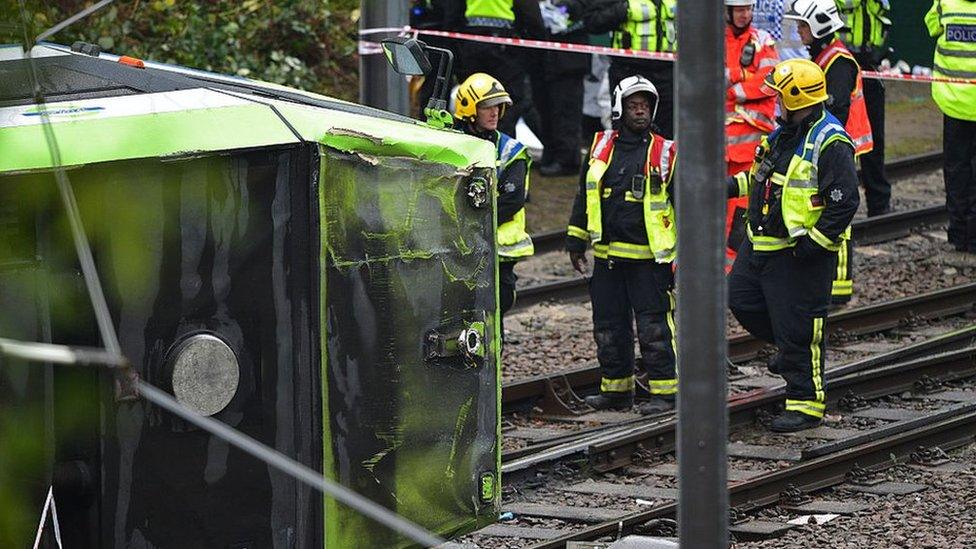
The driver of the tram experienced a miscrosleep before it overturned
Critics like the former board member of TfL, Michael Liebrich, say the faults were systemic. He believes the relationship between TfL and TOL's operator First Group, and how they dealt with fatigue management, has not been scrutinised properly.
He said: "We know fatigue is systemic because on the buses there was research carried out by Loughborough University that found that bus drivers had an endemic fatigue problem - 36% I think it was - had a near miss because of fatigue.
"And then on the tram there's the Sandilands crash where the driver had a microsleep most likely, but we know that five other drivers in the previous five years had been sacked or disciplined for falling asleep.
"I was very much hoping that this terrible, tragic accident... that it would lead to 'lifting the drains' - root-and-branch reform of drivers' working conditions across trams and across buses... there is no way across the board that it is in line with industry. It just feels like this issue of working conditions and their impact on safety is 20 or 30 years behind at TfL."
TfL admitted liability and has paid compensation to the families. But they still don't think they have all the details about how the crash was allowed to happen and why warning signs were not picked up on.
For them, this isn't the end.
- Published19 May 2021
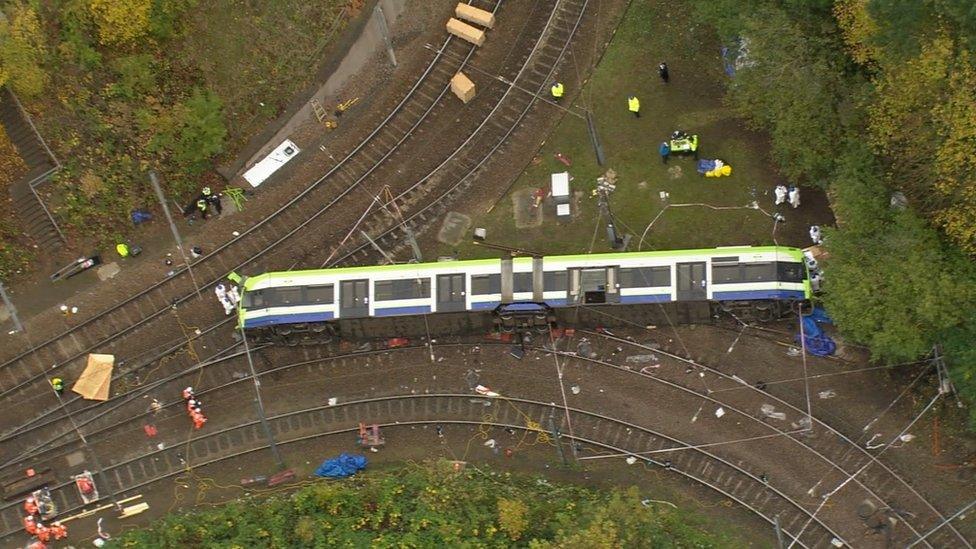
- Published18 May 2021
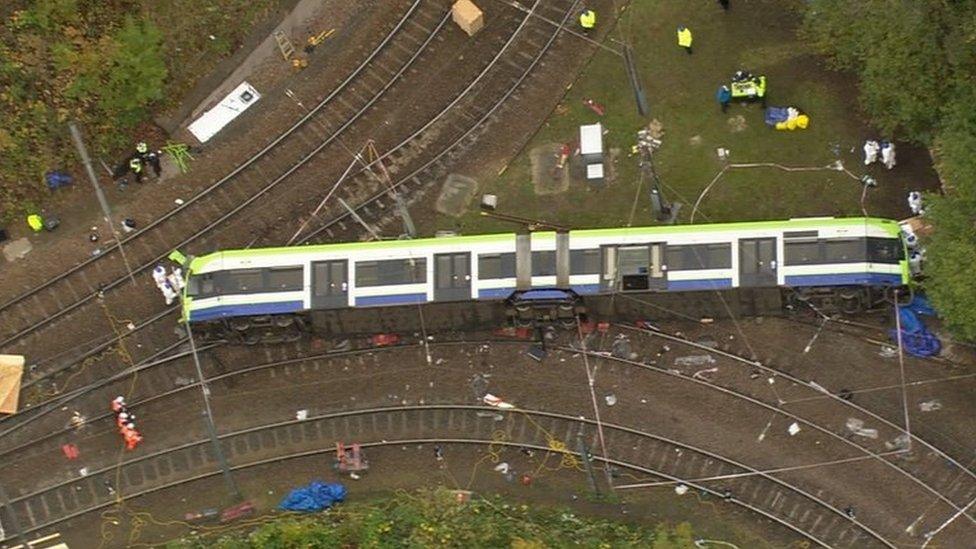
- Published9 November 2016
